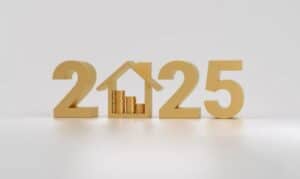When a common-interest subdivision includes common facilities or services that are provided to a limited number of lots or units as a special benefit available to some purchasers but not all, a Cost Center should be created.
It would be unreasonable to collect assessments from all members of the HOA if only a limited number of lots/units are benefitting. Thus, the creation of the “Cost Center,” which creates the vehicle for allocating the special benefit costs directly to the recipients.
Current DRE guidelines require that a Cost Center be established when there is at least 10% cost benefit to those certain owners.
The structure for a Cost Center is created in the CC&Rs and brought to life in the HOA budgeting process. A separate Budget must be created for the benefitted lots or units to address the additional costs. The Cost Center Budget is reviewed and approved by the DRE in conjunction with the overall project budget.
Examples of Cost Center budget items include:
- Front yard landscape maintenance
- Shared private access
- Gated neighborhood within a community
- Roof deck for top story units
The DRE is currently reviewing their guidelines for Cost Centers. The last formal guidelines were created more than 10 years ago and a lot has changed in the makeup of common-interest developments since then.
If the development consists of detached and attached products, then a Cost Center may be used to address the common exterior and roof maintenance of the attached dwellings, however, it might be wise to consider a Sub-Association to address those costs.
If you aren’t sure whether a Cost Center or Sub-Association is right for your development, we invite you to contact us – we are happy to assist!








